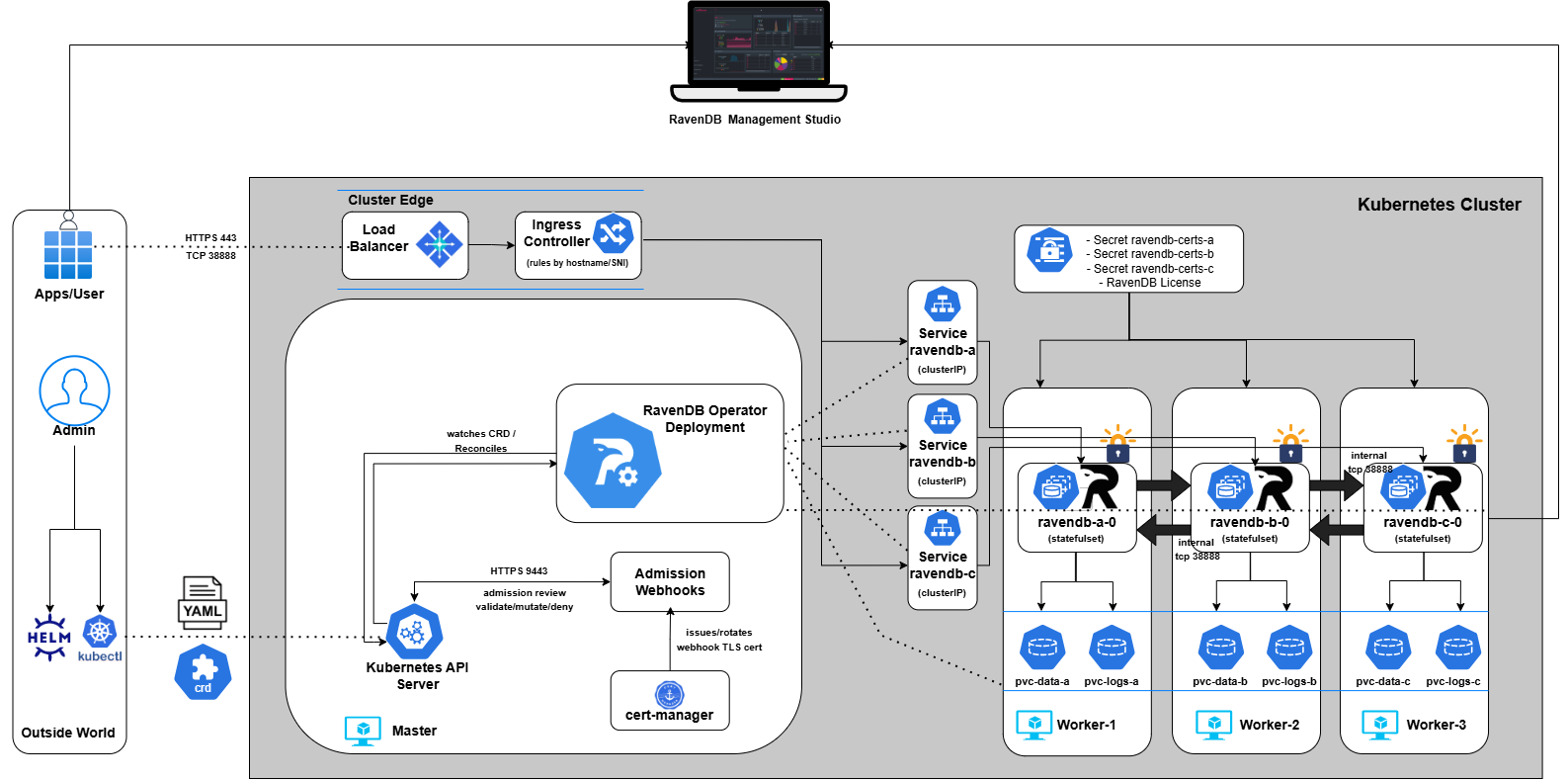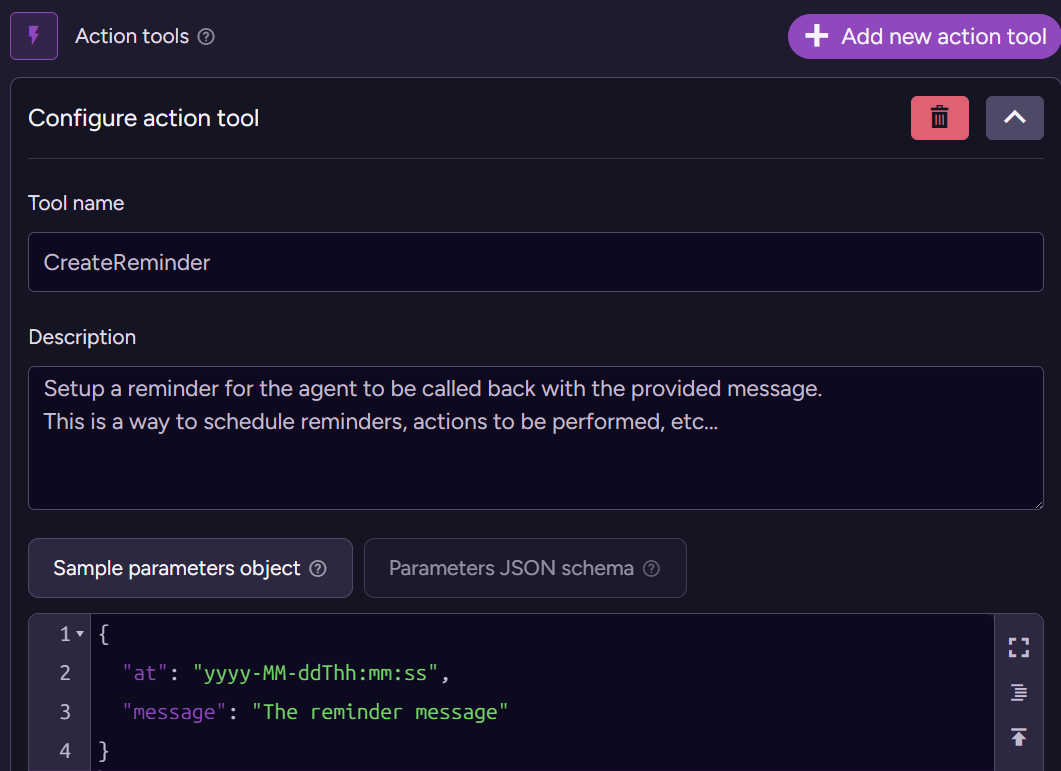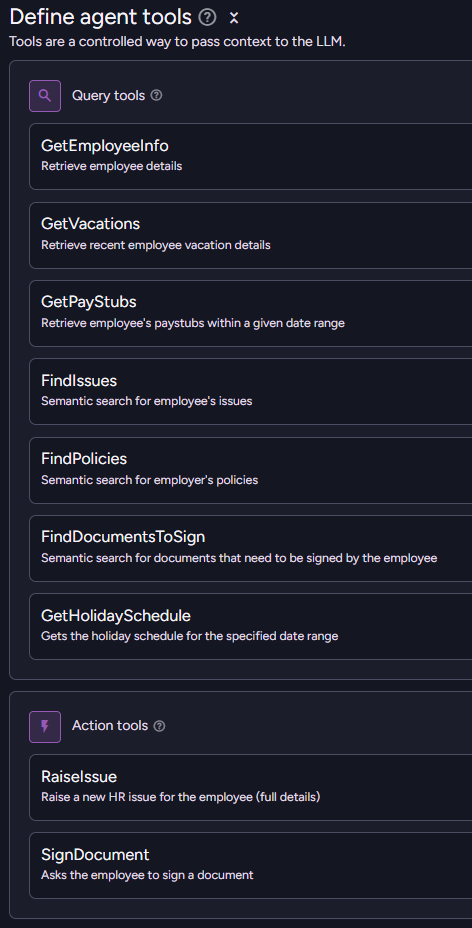I’m happy to announce the official release of the RavenDB Kubernetes Operator.
As organizations use Kubernetes for more and more parts of their infrastructure, the complexity of deploying databases in such an environment is quite a challenge. For RavenDB, you need to handle certificates, persistence, and upgrades, and it is easy for that to become a bottleneck. This release bridges the gap between RavenDB’s ease of use and the declarative power of Kubernetes.

If you are new to the concept, think of an operator as software that acts like a Site Reliability Engineer (SRE). Kubernetes is excellent at managing stateless applications, but databases require specific knowledge to manage correctly (e.g., "Don't upgrade all nodes at once" or "Ensure the leader is stable before restarting").
The RavenDB Operator extends the Kubernetes API. It allows you to define what you want your cluster to look like (the "Manifest"), and the Operator works tirelessly in the background to make sure your infrastructure matches that state.
Why This Matters
Previously, deploying a secure, clustered RavenDB instance on K8s required manual configuration of StatefulSets, Services, and complex TLS certificate chains.
With the RavenDB Kubernetes Operator, everything is driven by a single custom resource: RavenDBCluster. You provide the specs, and the Operator handles the heavy lifting, ensuring your deployments are fully reproducible, secure, and declarative.
Here is what the Operator brings to the table:
- Automated Security & Certificate Management: Whether you are using Let’s Encrypt or Self-Signed certificates, the Operator handles bootstrapping, distribution, and rotation.For the Operator’s own webhook certificate, the Operator uses cert-manager behind the scenes, since that is not exposed externally.
- Safe Rolling Upgrades: Database upgrades can be scary. The Operator orchestrates upgrades node-by-node, using safety gates to ensure the cluster is healthy and data is safe before moving to the next node. If a gate fails, the upgrade stops automatically.
- Flexible External Access: Exposing a database outside K8s is often a networking headache. We’ve added dedicated support for AWS NLB, Azure Load Balancer, HAProxy, Traefik, and NGINX, giving you production-ready access strategies out of the box.
- Storage Orchestration: Declarative control over your data, logs, and audit volumes, supporting local paths, AWS EBS, and Azure Disks.
- One-Click Deploy: Using our official Helm chart, you can spin up a fully operational cluster in minutes.
The Operator is available now via Helm and works on EKS, AKS, Kind, Minikube, and Kubeadm clusters.
- ArtifactHub (Helm Chart):Get the Chart
- GitHub Repository:View Source & Examples
- Quickstart Guide:Read the Docs
We look forward to seeing what you build with RavenDB on Kubernetes!












